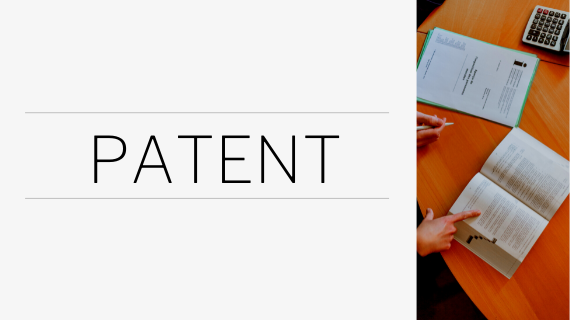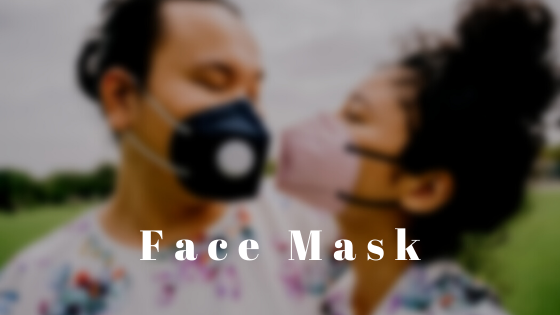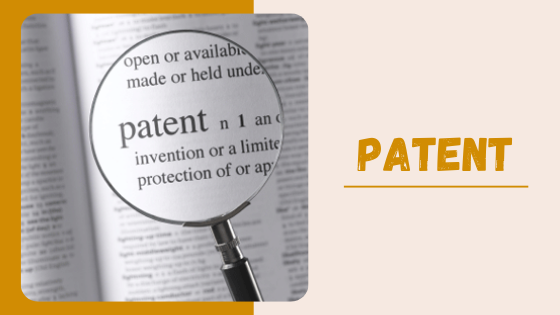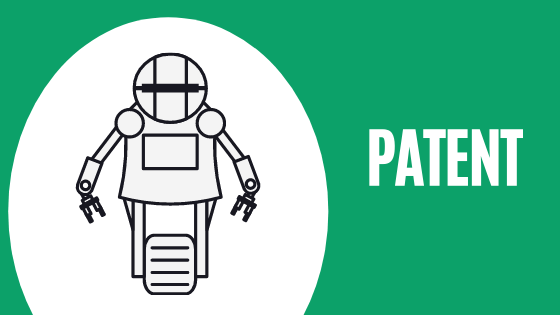It ultimately depends on your needs. So now, we can discuss when you will likely need multiple officers.
When there is a Lot of Space to Cover:
Regardless of how efficient and competent a security guard is, he cannot be in two places at a time. If an event or property has more space to cover, then multiple officers should be hired. Although you do not need an officer at every location most of the time, the officers should be able to at least patrol the complete area in a reasonable amount of time so they can respond quickly if anything serious happens.

When the Security Guard also has to do other services:
Security guards in London are often seen as general figures of authorities. They will help people with directions, find items, act as a driver and generally offer customer service. Although a trained security guard from renowned security companies in London will usually provide help, they cannot do it when they need to prioritize the security of the venue. In such a case, hiring several security guards to do different jobs, for example hiring a security driver in London will make things more relaxed while the area is still secure.
Where Eyewitness is Imperative:
For some businesses that are concerned about crimes, having many security guards is vital. Eyewitness testimony might be difficult to get from even the most trained and best individual. When there are multiple eyewitnesses, it is more likely that a criminal would be caught.
Place where a Large Group of People will gather:
Larger events generally will need multiple security guards. For 75 to 150 people, typically, you should have one officer. Particularly for sports events, you will need more. Employing multiple well-trained security guards at a place will give you peace of mind.
Time exists for when you will need just one security guard. A small business lobby of a hotel or a small event might only need one security guard. It completely depends on your specific needs.
The most critical factor in a large event is the visibility of the officers. People should know that someone with authority is watching over them to feel that the location is safe. Consequently, you must have at least enough security guards who are readily noticeable that someone can find them even in a crowd when help is needed.








